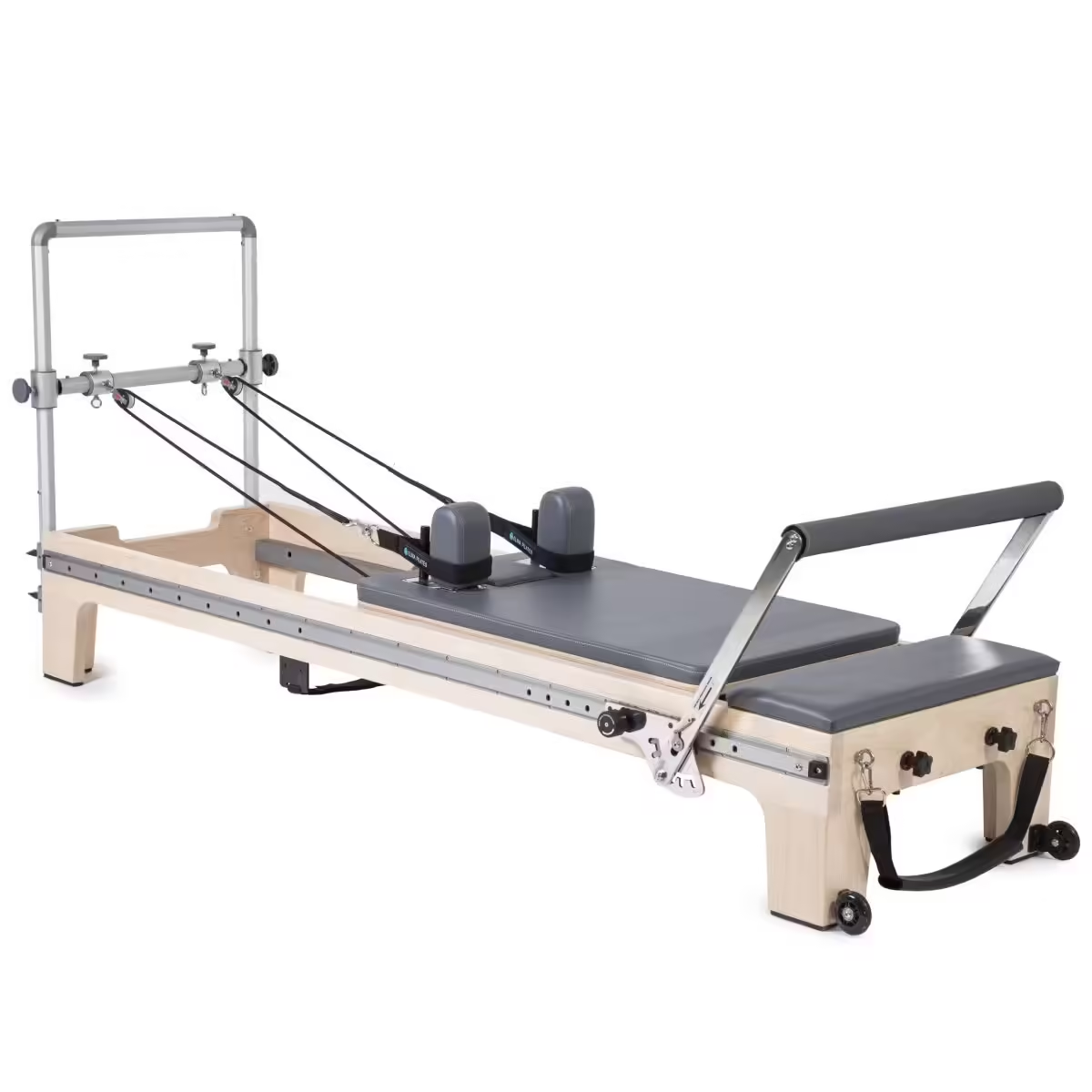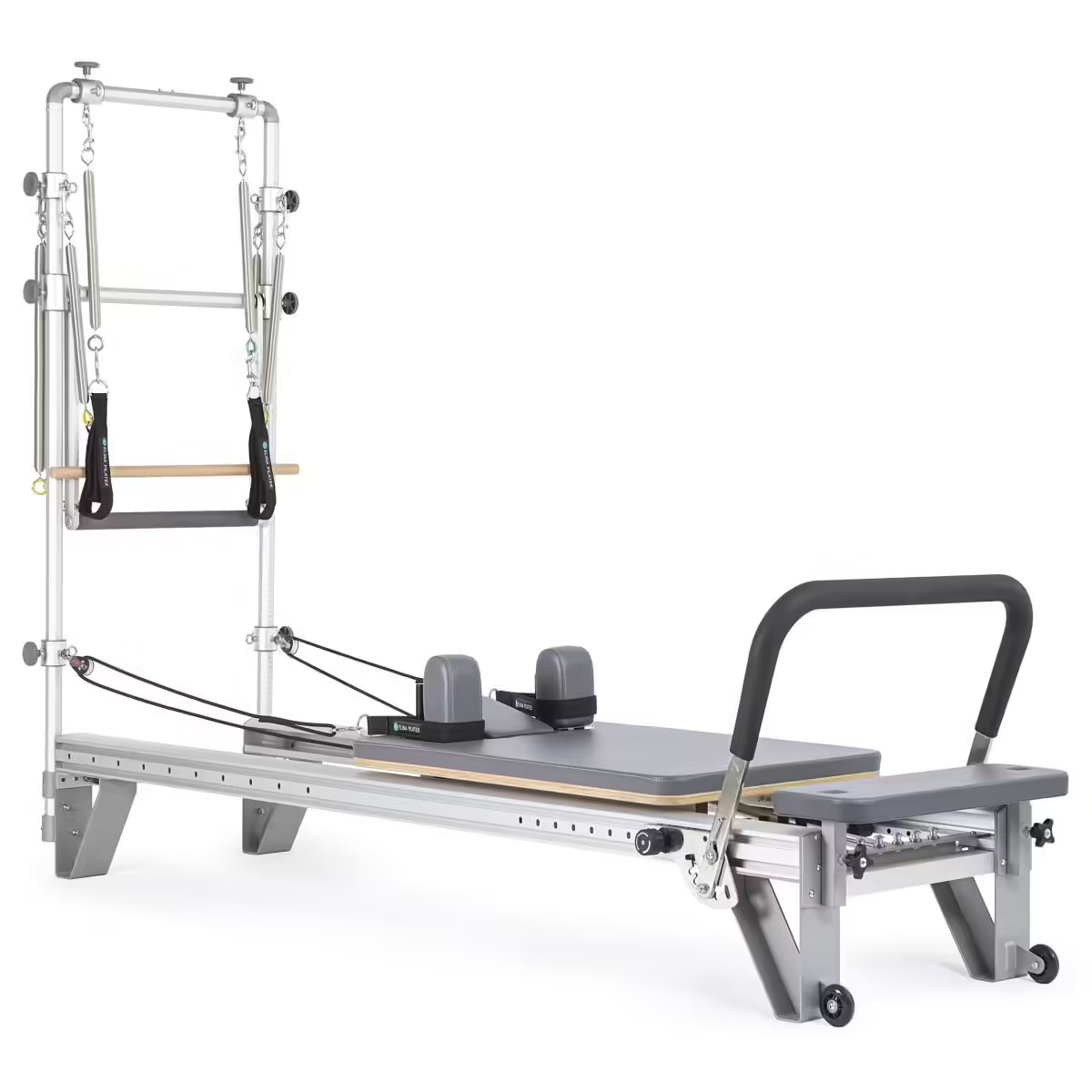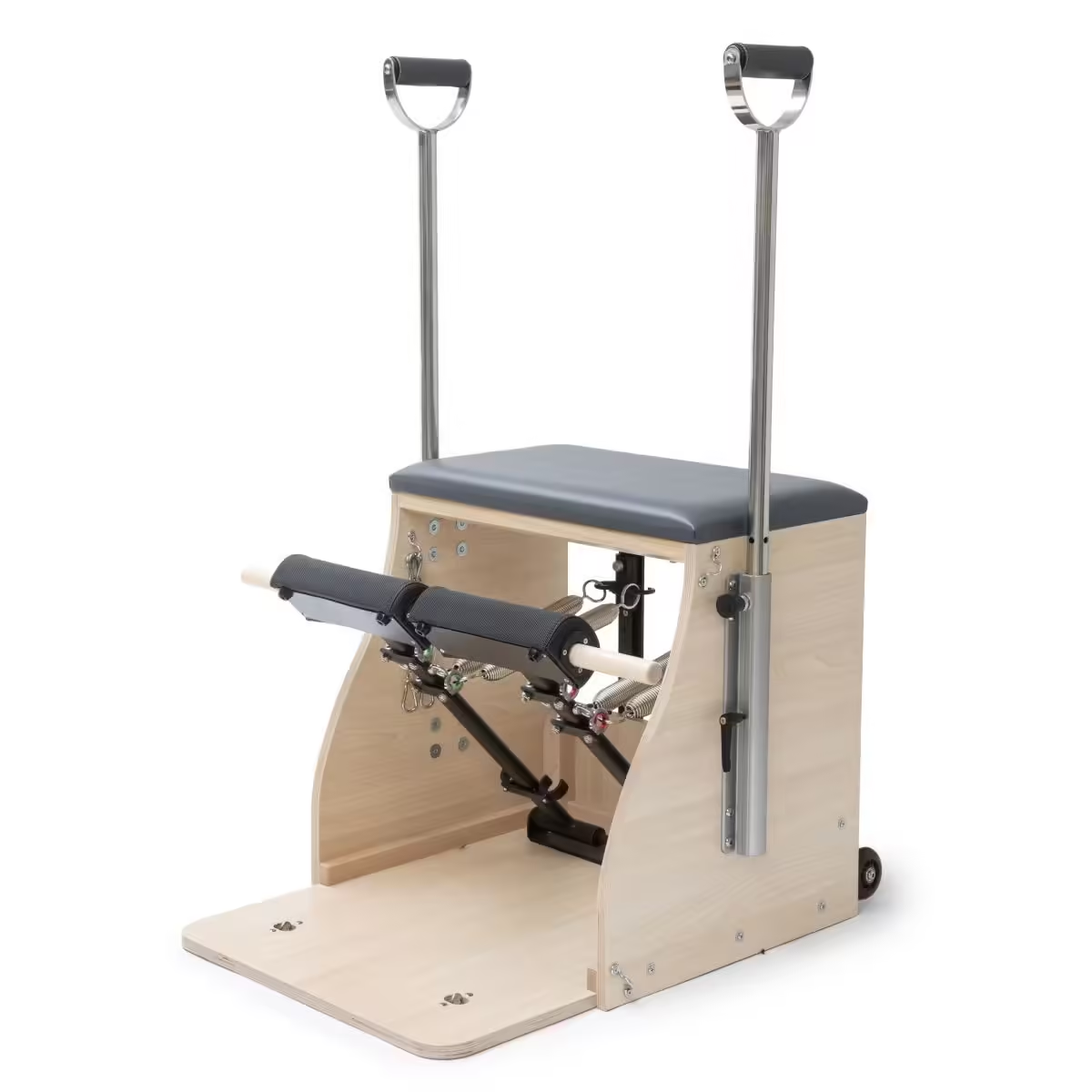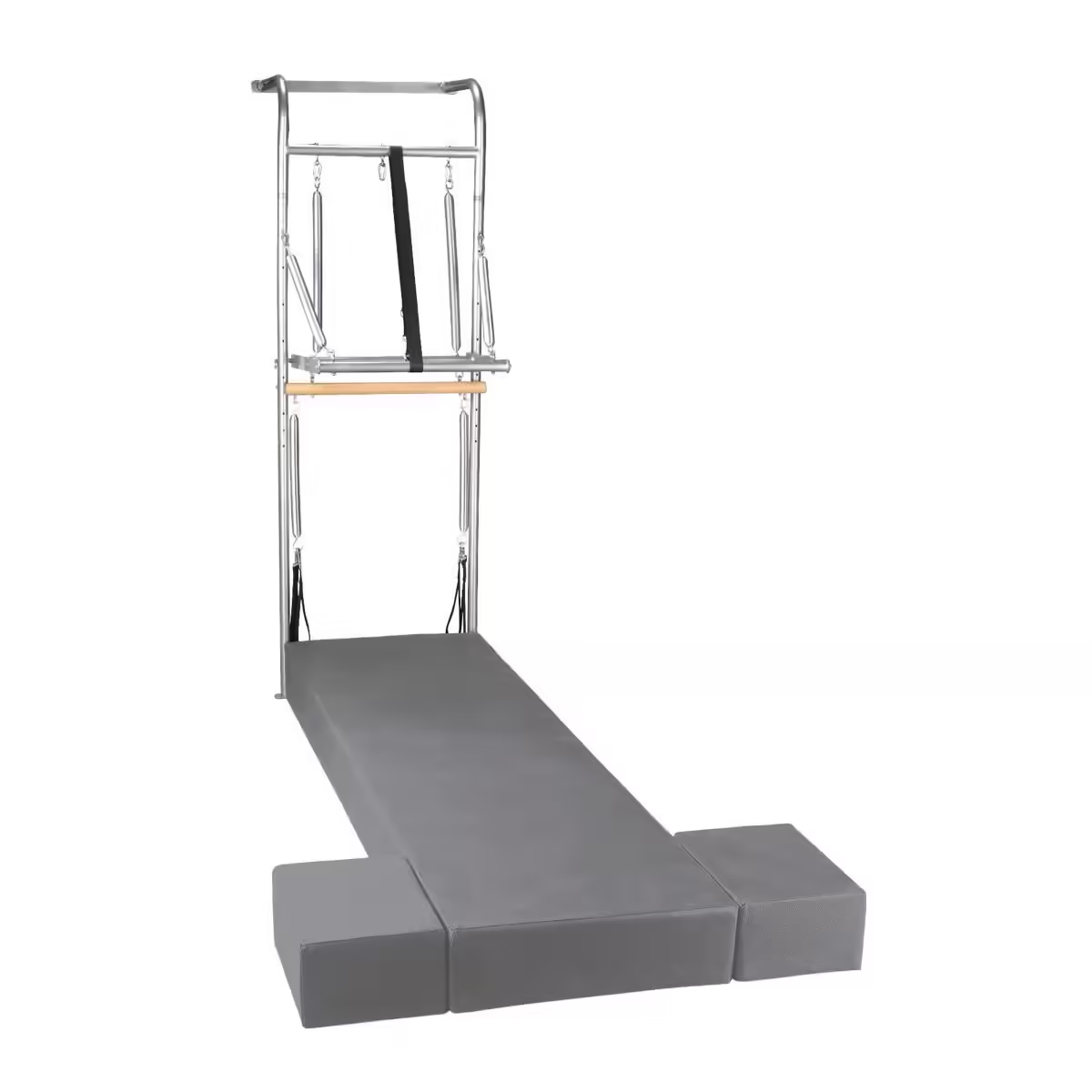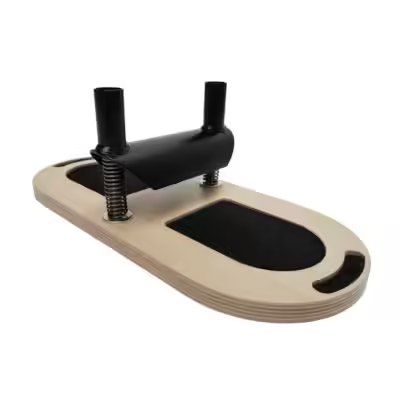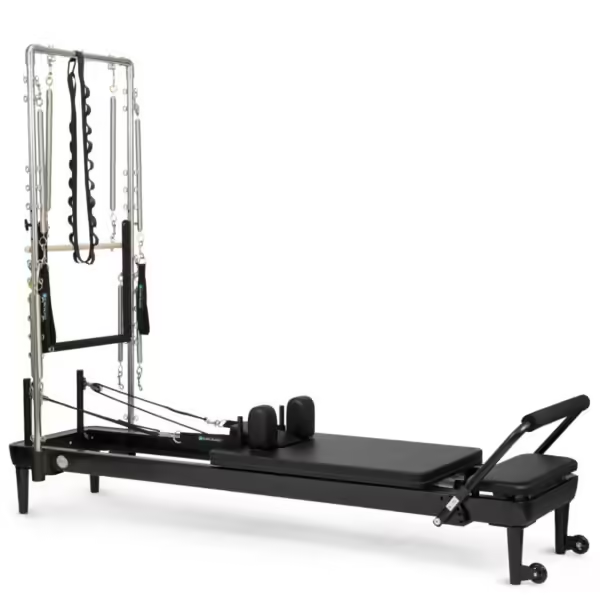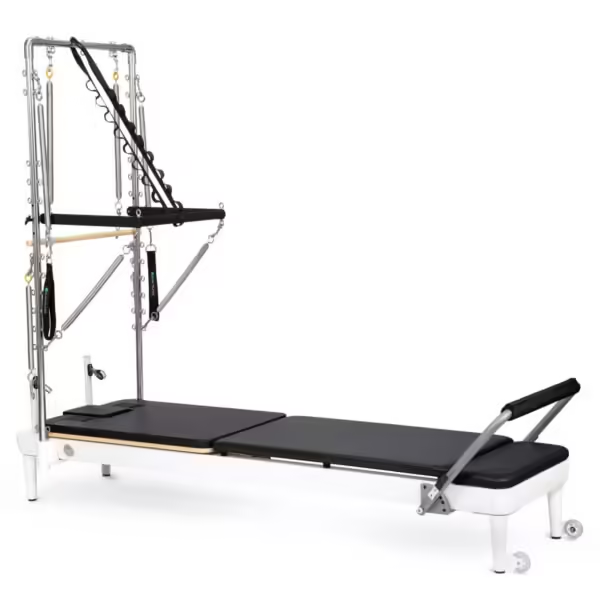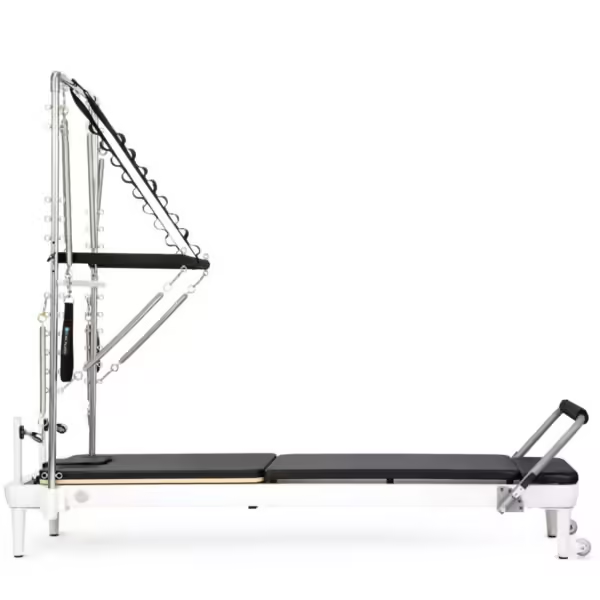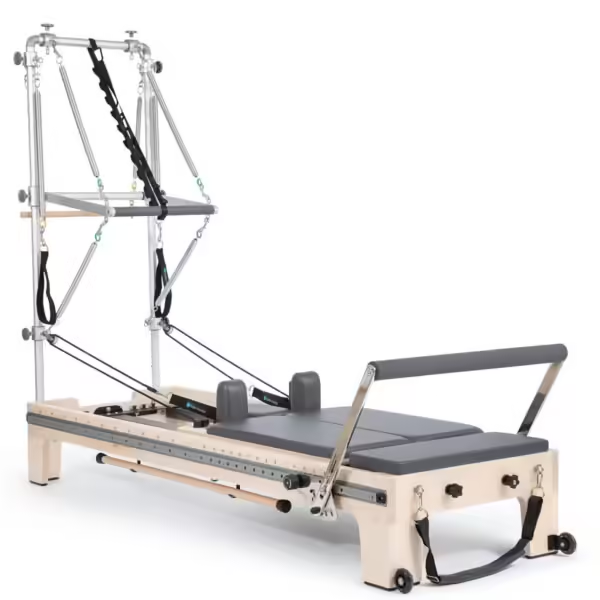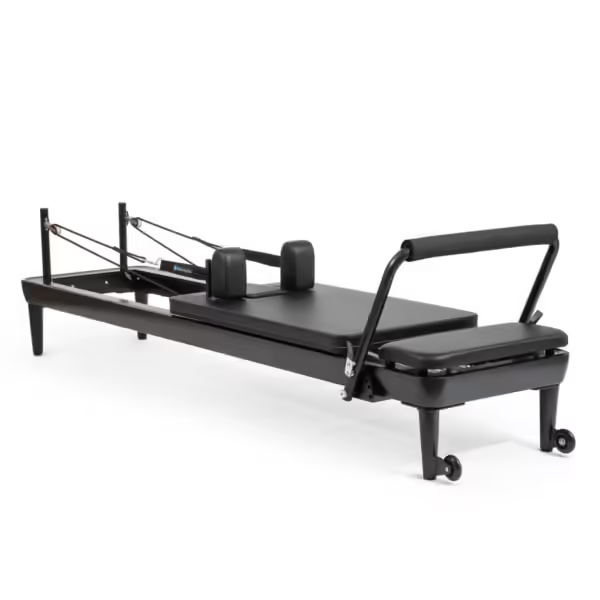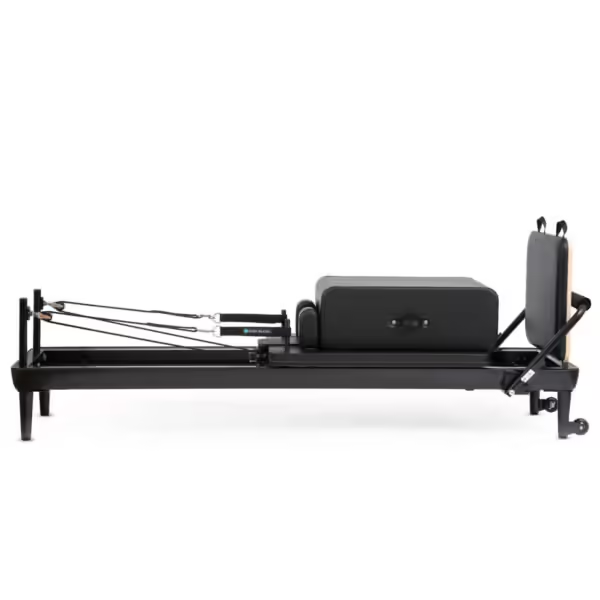Pilates is more than just a popular exercise method; it’s a holistic approach to movement that dates back to the early 20th century, when it was created by Joseph Pilates, a German physical trainer. Known initially as “Contrology”, the practice emphasizes control over the body and mind.
What began as a rehabilitation tool for injured soldiers has now grown into a global fitness phenomenon practiced by over 12 million people across the world, especially in countries like the United States, Australia, Germany, and South Korea.

The Origins of Pilates: A Mind-Body Method
Joseph Pilates was born in Mönchengladbach, Germany, to a gymnast father and a naturopathic mother. His unique upbringing, blending physical and natural healing philosophies, laid the foundation for what would later become his revolutionary exercise method.
During World War I, Pilates found himself interned at the Knockaloe camp on the Isle of Man. It was there that he began developing his method, using whatever resources he had to help fellow internees maintain their physical health. Inspired by his belief that mental and physical health were interconnected, he created a system of exercises designed to strengthen both the mind and body.
Drawing from his experience in physical training regimens like gymnastics, boxing, and martial arts, Pilates‘ method had clear ties to the physical culture of the time. His exercises, which could even be performed with the assistance of makeshift apparatus, aimed to enhance posture, balance, and flexibility. This focus on body alignment and control differentiated Pilates from other forms of exercise.
The Principles of Pilates
At the core of Pilates is the idea of mindful movement, which requires deep attention to breath, posture, and muscle engagement. Pilates formulated his practice around what he called the “five essentials”:
- Breath: Learning to breathe properly was foundational for Pilates, as he believed breath controlled movement.
- Cervical Alignment: Proper alignment of the head and neck ensures the body moves in balance.
- Rib and Scapular Stabilization: Maintaining stability in the upper body helps with core engagement.
- Pelvic Mobility: A flexible pelvis improves body control.
- Utilization of the Transversus Abdominis: Known as the powerhouse, this muscle group strengthens the core and provides the body with stability.
Pilates exercises are typically repeated three to five times, with a focus on precision rather than high repetition.
Pilates Today: A Global Practice
Pilates is no longer confined to rehabilitation; it has evolved into a versatile form of exercise that can be modified to suit any fitness level or goal. Whether you are a beginner looking to improve core strength or an athlete seeking enhanced flexibility and coordination, Pilates offers something for everyone.
While there are many variations of the practice today, the essence remains true to Joseph Pilates’ original vision—mindful movement that connects the body and mind. Whether you’re performing mat Pilates or using a Reformer, the emphasis is always on controlled, fluid movement and engaging the core.
Pilates vs. Yoga: A Comparison
Pilates and yoga are often compared because both emphasize mind-body connections and breathwork. However, they have distinct differences. While yoga focuses on holding poses and achieving flexibility, Pilates emphasizes dynamic movement and core strength. Breath is used differently as well; in yoga, breath helps deepen relaxation, while in Pilates, it powers the muscles and fuels movement.
Both disciplines improve overall fitness, strength, and flexibility, but Pilates uniquely targets core stability, often referred to as the “powerhouse” of the body.
A Lasting Legacy
Joseph Pilates may have passed away in 1967, but his method continues to thrive in modern fitness studios around the world. His books, Your Health: A Corrective System of Exercising That Revolutionizes the Entire Field of Physical Education (1934) and Return to Life Through Contrology (1945), remain pillars of the Pilates philosophy. His vision of a practice that brings balance to both body and mind has proven timeless.
In a world increasingly focused on wellness, Pilates stands out as a method that nurtures not just the body, but also the mind, encouraging participants to move with purpose, breathe with intention, and find control in every movement. Whether you’re using a Reformer or a mat, the practice promises to enhance flexibility, strengthen the core, and bring balance to both body and mind.
The Equipment: From Mat to Reformer
Joseph Pilates didn’t just create a series of exercises; he also invented apparatus to enhance his method. The most famous of these is the Reformer, originally called the Universal Reformer, designed to “universally reform” the body. This spring-based machine combines resistance with movement, allowing for a deeper range of motion and core engagement. Other apparatuses created by Pilates include the Cadillac, Wunda Chair, Ladder Barrel, and Spine Corrector, each designed to stretch and strengthen different parts of the body.
In addition to the equipment, Pilates developed a mat-based series of exercises, which rely solely on body weight for resistance. Accessories such as resistance bands and rings are often incorporated into mat Pilates to increase intensity and add variety.
Pilates Today: A Global Practice
Pilates is no longer confined to rehabilitation; it has evolved into a versatile form of exercise that can be modified to suit any fitness level or goal.
While there are many variations of the practice today, the essence remains true to Joseph Pilates‘ original vision—mindful movement that connects the body and mind. Whether you’re performing mat Pilates or using a Reformer, the emphasis is always on controlled, fluid movement and engaging the core.
Pilates vs. Yoga: A Comparison
Pilates and yoga are often compared because both emphasize mind-body connections and breathwork. However, they have distinct differences. While yoga focuses on holding poses and achieving flexibility, Pilates emphasizes dynamic movement and core strength. Breath is used differently as well; in yoga, breath helps deepen relaxation, while in Pilates, it powers the muscles and fuels movement.
Both disciplines improve overall fitness, strength, and flexibility, but Pilates uniquely targets core stability, often referred to as the “powerhouse” of the body.
A Lasting Legacy
Joseph Pilates may have passed away in 1967, but his method continues to thrive in modern fitness studios around the world. His books, Your Health: A Corrective System of Exercising That Revolutionizes the Entire Field of Physical Education (1934) and Return to Life Through Contrology (1945), remain pillars of the Pilates philosophy. His vision of a practice that brings balance to both body and mind has proven timeless.
In a world increasingly focused on wellness, Pilates stands out as a method that nurtures not just the body, but also the mind, encouraging participants to move with purpose, breathe with intention, and find control in every movement.

